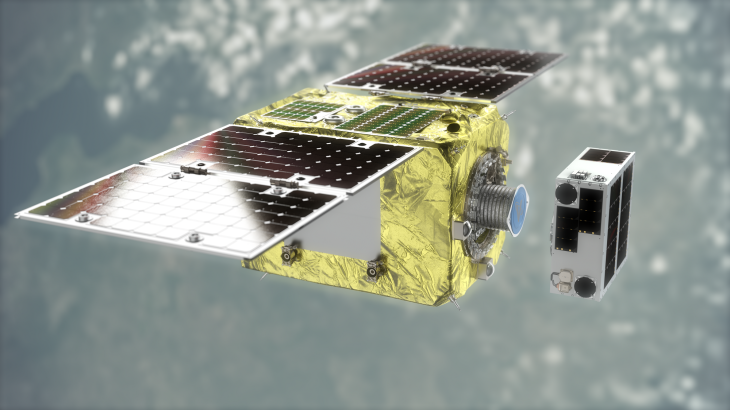Scientists have identified a respectable brown dwarf dubbed ‘accident’ which is almost as old as the universe itself is convoluted through our galaxy environment with half a million miles per hour – and it shifts what we think we know about this is strange, no – Star room object-but-not-enough-a-planet.
When LiveScience explained it, the best brown dwarf was considered a failed star; Massive large bodies ranged from 13 to 80 times the size of Jupiter, but did not have a mass to ignite nuclear fusion in essence to become a star. Conversely, their heat disappears over time, making it a little more than a bar coal that is difficult to detect.
The accident was found – you can guess – accidentally by a named and Caselden resident astronomer, which uses an online computer program produced to filter new astronomical data that is looking for chocolate dwarf. Caselden was studying a group of totally different brown dwarf candidates when the accident was suddenly seen.
Scientists who are confused about the accident are that infrared light if given shows that it is very cold, and therefore it must be very old, but in another wavelength, the accident appears much brighter, indicating that it is younger chocolate dwarf.
Not those who allow such contradictions are unmatched, astronomers track objects using infrared telescopes at W. M. Kecke obsetatory in Hawaii and Hubble and Spitzer Space Telescopes. What they found even foreigners, was published in a June study in the Astrophysics journal letter.
Located about 50 years of light from us, the accident was bleeding through a galaxy with about 500,000 mph (around 800,000 km / h). It’s much faster than other chocolate dwarts that have been found to date, and show that the accident is indeed old. The extraordinary speed is likely to be an accumulation of effects from a larger body of gravity such as the actual stars sneaking around the Milky Way.
There is also a problem with the composition: it has a very low methane level, general compounds found in chocolate dwarf. The research writers believe that this is the result of old age disappointed chocolate. After being formed when the universe was young and a large star explosion known as Supernova did not have time to distribute enough carbon atoms to the universe for brown dwarf hydrogens to bind.
“This is not a surprise to find this dark brown dwarf, but it was a surprise to find one in our backyard,” said Fellow-author Federico Marocco study, an astrophysics expert at Caltech, in a statement. “We hope that this old brown dwarf is there, but we also hope they become very rare. Opportunities to find one so close to the solar system can be a coincidence of luck, or tell us that they are more common than we thought..”
“This discovery tells us that there are more variations in chocolate dwarf composition than we have seen so far,” said Davy Kirkpatrick, an astrophysics expert at the Infrared Processing & Analysis Center in Caltech in Pasadena, California, and co-author of this research. “There’s a more strange possibility out there, and we need to think about how to find them.”




